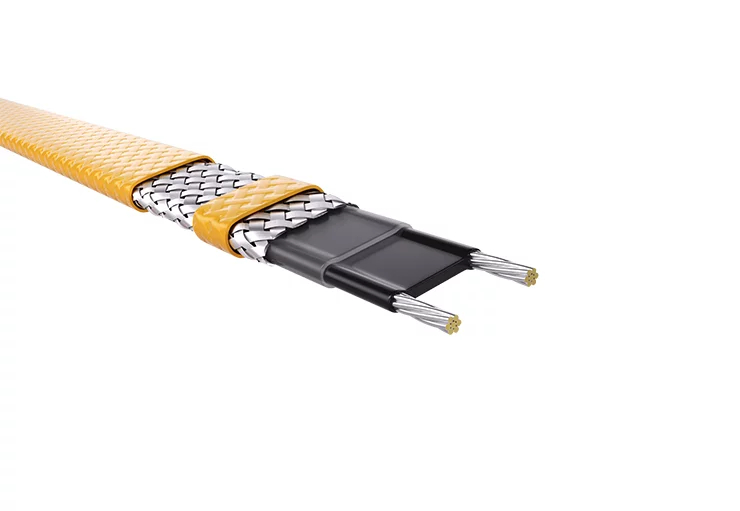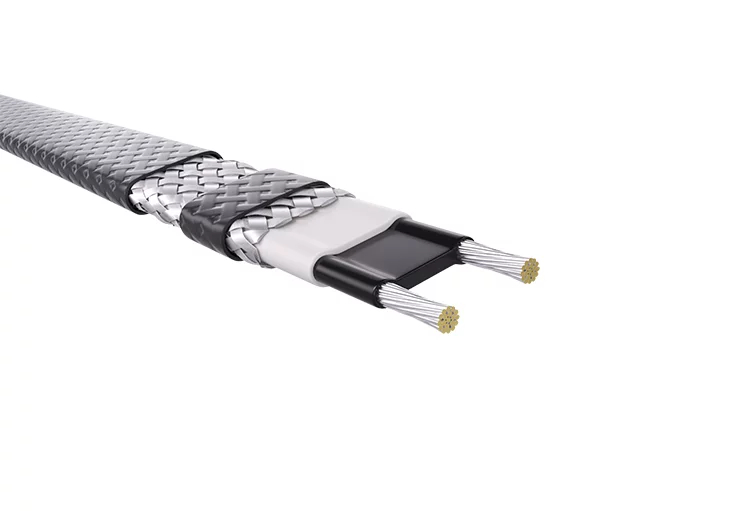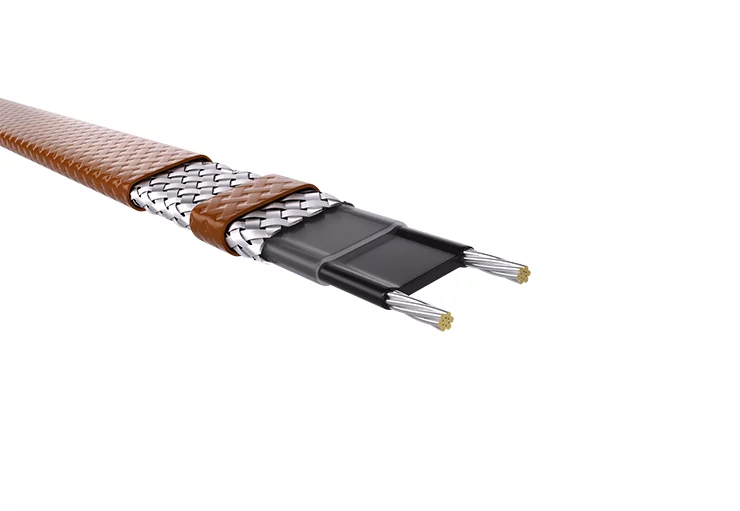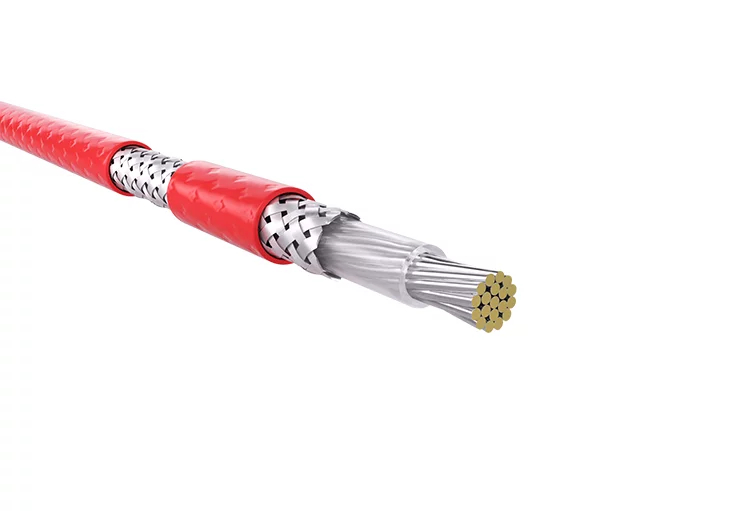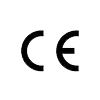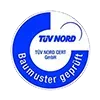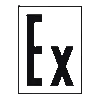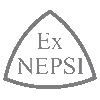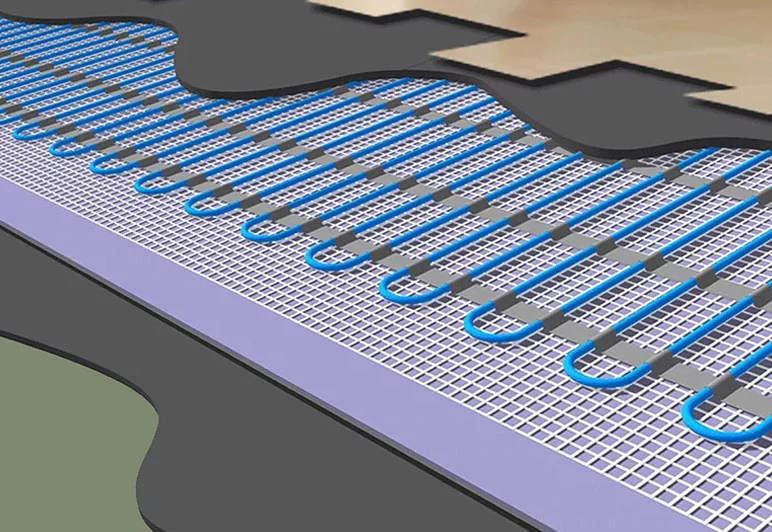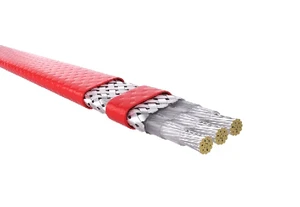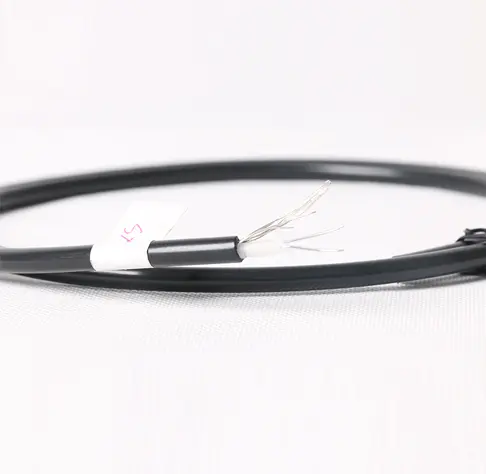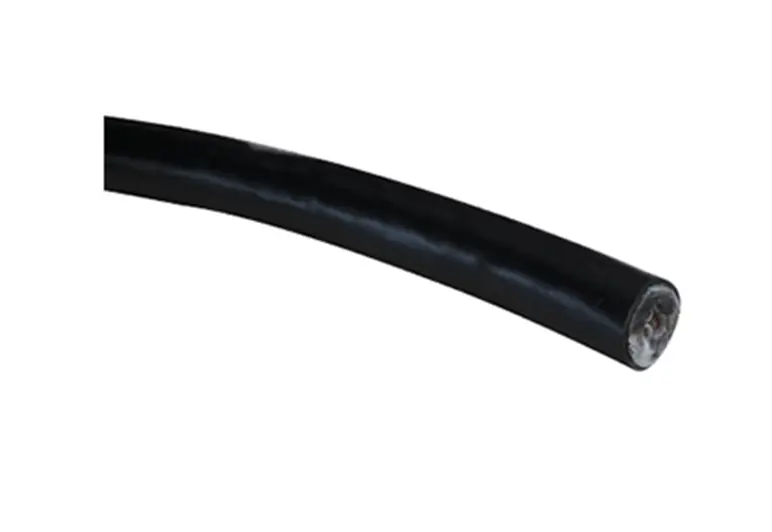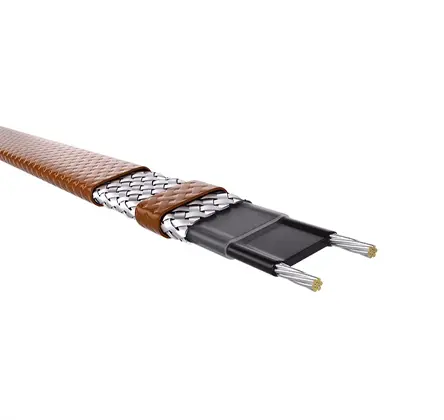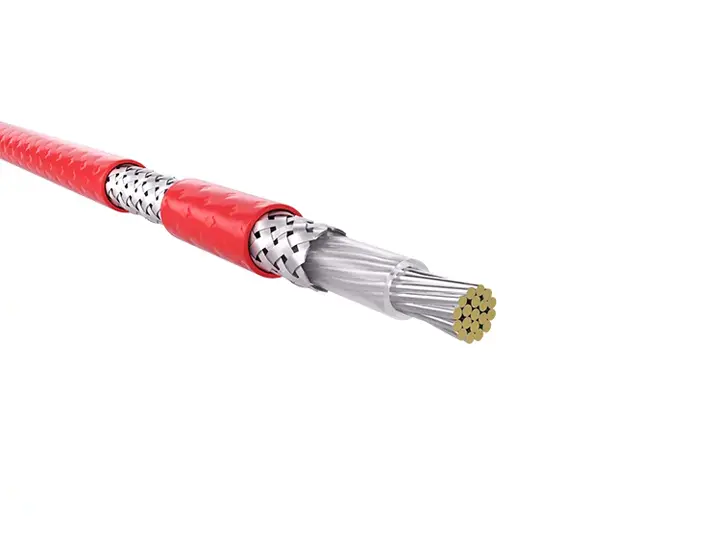Heating cables, such as constant wattage heating cable series, are designed to be energy efficient, but their electricity usage depends on several factors, including the cable type, length, and application. Here's a breakdown:
Wattage Rating: Electric heat tracing wires have specific wattage ratings, typically ranging from 3 to 20 watts per foot. Higher-wattage electric heat tracing cables use more electricity.
Usage Duration: The amount of time the electric heat tracing cable is active significantly impacts electricity usage. Thermostats and controllers can help minimize usage by turning the electrical heat tracing cables on only when needed.
Insulation: Proper insulation around the electric heat tracing cables and the heated surface can reduce the amount of electricity required to maintain the desired temperature.
Application: The specific application (e.g. pipe freeze protection, underfloor heating, roof de-icing) and the environmental conditions (e.g. outdoor temperature) will also affect electricity consumption.
In general, electric underfloor heating wire and other types of electric heat tracing cables are more efficient and use less electricity when properly installed and controlled. Using a thermostat or timer can further reduce energy consumption by ensuring the electric heat cables operate only when necessary.








